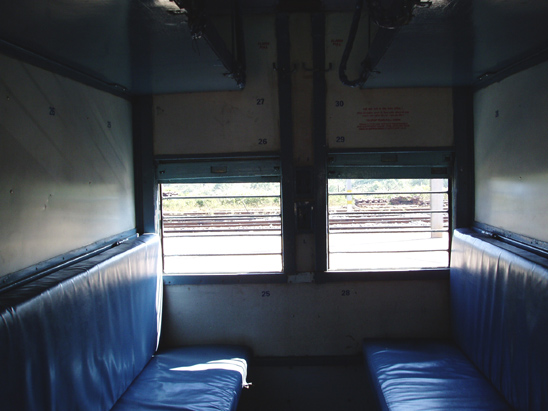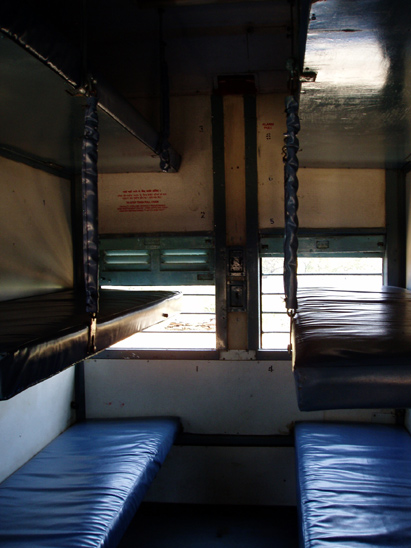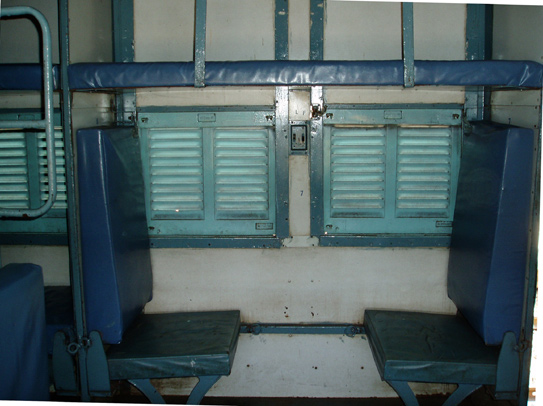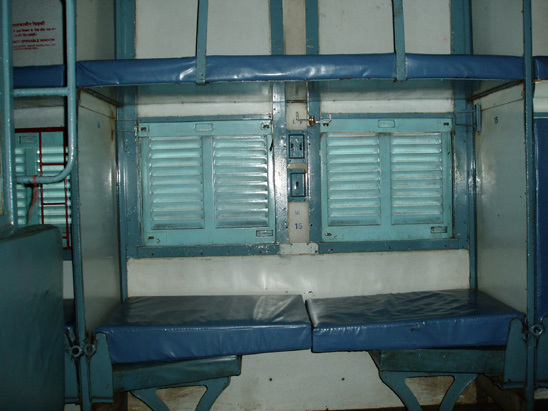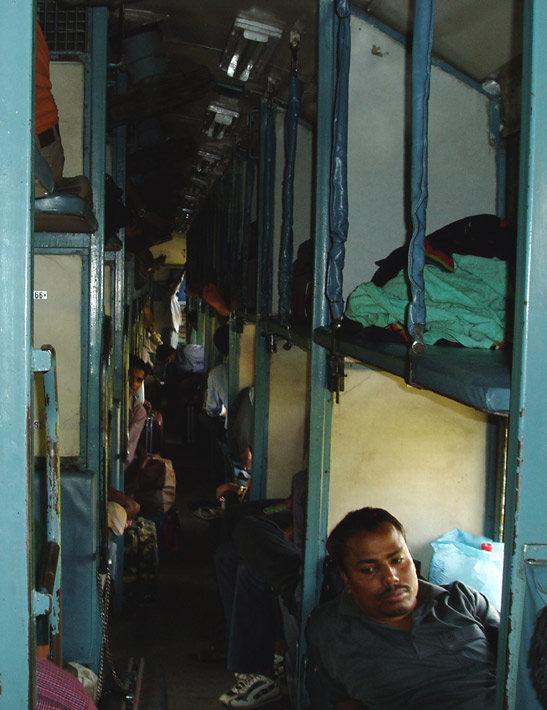I did not realize I never finished writing about my most recent trip to India.
My bad.
The last few days of our trip were spent in Gujarat, specifically the village of Khambhat where my mother-in-law grew up.
Her family gathers there every January for the kite festival.
My understanding is that this festival marks the days in the Hindu calendar that winter begins turning into summer, known as Makar Sankranti or Uttarayan. At least, this is what Google tells me. As usual, none of the family could actually tell me what it was all about.
I do realize that there are plenty of American/southern/Christian things that I can't even begin to explain why we do them or how they started or what they mean. I'm just saying being on the other side of that is freakin' annoying.
What I found the most interesting about the whole "winter turning into summer" thing is that it takes place every year...on January 14. When the east coast is really sinking into the coldest weather, India is celebrating the turn to summer. Wonderful. Not at all jealous.
Everything is closed on that day, everyone is off work, and everyone is outside flying a kite. It is an incredible sight to behold.
Photos really don't do it justice. Kites way way way up in the sky are really hard to photograph!
The string used on the kites is sharp, and the goal is to cut down other kites without yours getting cut. When one of the little cousins asked if I wanted to go with them to chase the falling kites, my response of "Heelllll no! I've read The Kite Runner!" was received with confusion and blank stares. So I'm guessing they haven't read The Kite Runner...
At night, there's fireworks. Unlike in the U.S., where only certain people can set off fireworks in certain places, in India anyone can set off fireworks anywhere they choose, even if that place is in the middle of a busy road. On this night, fireworks were being set off on rooftops all around us. It was both beautiful and overwhelming, as you never knew from which direction the next display was going to come. When they exploded from the roof right next door it was just plain scary.
The days were spent wandering around Khambhat, which I have decided is the dustiest city ever in the whole entire world. Not a single patch of anything but dust anywhere. Not even dirt, just dust. And it blew all over the place. Even with a scarf tied over my mouth and nose, I'm not sure it did any good. If it did, I shudder to think how much dust I would've inhaled without it.
My favorite photo from Khambhat, and possibly the entire trip:
Even though both sides of hubby's family is from Gujarat, this was my first trip to the state and my first real exposure to many things.
For example, my mother-in-law makes Gujarati food, but she also makes food from many other parts of the country. While in Gujarat, we ate only foods from Gujarat. All the foods there seem to be sweet. Or deep fried. Or sweet and deep fried. Nothing should ever be sweet and deep fried. Except fried ice cream. And churros. And doughnuts. Or funnel cake. Mmmm...funnel cake...
Wait, where was I going with this? Oh yeah, my now completely irrelevant complaint about the fried sweet stuff. Whatever, after eating nothing but doughnuts for three days you'd be tired of it too.
All in all I survived the family reunion with very few scrapes and bruises. My mother-in-law's family is mostly very loud, but that was fine because they weren't concerned with giving me a hard time about not knowing the language yet. A few of her siblings or in-laws are quiet and chill. I really got along with those few. None of them spoke English.
In spite of ten people using one little shower (which couldn't really be called a shower since we had to take bucket baths), and everyone sleeping on mattresses piled haphazardly on the floor, they made it work. And in spite of my reservations about this portion of the trip, I had a lot of fun.
When we left for the airport, there was no drama. No crying or inappropriate grabbing from my mother-in-law (in fact, she didn't even come to the airport, and she was completely calm when we left her). No feet dragging from my husband, sad to be leaving again. Everyone seemed completely satisfied. My husband was relieved to "finally be heading home," as he said, and I was relieved to hear him refer to DC as home instead of India.
My bad.
The last few days of our trip were spent in Gujarat, specifically the village of Khambhat where my mother-in-law grew up.
Her family gathers there every January for the kite festival.
My understanding is that this festival marks the days in the Hindu calendar that winter begins turning into summer, known as Makar Sankranti or Uttarayan. At least, this is what Google tells me. As usual, none of the family could actually tell me what it was all about.
I do realize that there are plenty of American/southern/Christian things that I can't even begin to explain why we do them or how they started or what they mean. I'm just saying being on the other side of that is freakin' annoying.
What I found the most interesting about the whole "winter turning into summer" thing is that it takes place every year...on January 14. When the east coast is really sinking into the coldest weather, India is celebrating the turn to summer. Wonderful. Not at all jealous.
Everything is closed on that day, everyone is off work, and everyone is outside flying a kite. It is an incredible sight to behold.
| Lookit all those kites! |
| See all the people! |
The string used on the kites is sharp, and the goal is to cut down other kites without yours getting cut. When one of the little cousins asked if I wanted to go with them to chase the falling kites, my response of "Heelllll no! I've read The Kite Runner!" was received with confusion and blank stares. So I'm guessing they haven't read The Kite Runner...
At night, there's fireworks. Unlike in the U.S., where only certain people can set off fireworks in certain places, in India anyone can set off fireworks anywhere they choose, even if that place is in the middle of a busy road. On this night, fireworks were being set off on rooftops all around us. It was both beautiful and overwhelming, as you never knew from which direction the next display was going to come. When they exploded from the roof right next door it was just plain scary.
The days were spent wandering around Khambhat, which I have decided is the dustiest city ever in the whole entire world. Not a single patch of anything but dust anywhere. Not even dirt, just dust. And it blew all over the place. Even with a scarf tied over my mouth and nose, I'm not sure it did any good. If it did, I shudder to think how much dust I would've inhaled without it.
My favorite photo from Khambhat, and possibly the entire trip:
| It's a goat. Wearing a sweater. Eating a kite. |
For example, my mother-in-law makes Gujarati food, but she also makes food from many other parts of the country. While in Gujarat, we ate only foods from Gujarat. All the foods there seem to be sweet. Or deep fried. Or sweet and deep fried. Nothing should ever be sweet and deep fried. Except fried ice cream. And churros. And doughnuts. Or funnel cake. Mmmm...funnel cake...
Wait, where was I going with this? Oh yeah, my now completely irrelevant complaint about the fried sweet stuff. Whatever, after eating nothing but doughnuts for three days you'd be tired of it too.
All in all I survived the family reunion with very few scrapes and bruises. My mother-in-law's family is mostly very loud, but that was fine because they weren't concerned with giving me a hard time about not knowing the language yet. A few of her siblings or in-laws are quiet and chill. I really got along with those few. None of them spoke English.
In spite of ten people using one little shower (which couldn't really be called a shower since we had to take bucket baths), and everyone sleeping on mattresses piled haphazardly on the floor, they made it work. And in spite of my reservations about this portion of the trip, I had a lot of fun.
When we left for the airport, there was no drama. No crying or inappropriate grabbing from my mother-in-law (in fact, she didn't even come to the airport, and she was completely calm when we left her). No feet dragging from my husband, sad to be leaving again. Everyone seemed completely satisfied. My husband was relieved to "finally be heading home," as he said, and I was relieved to hear him refer to DC as home instead of India.
